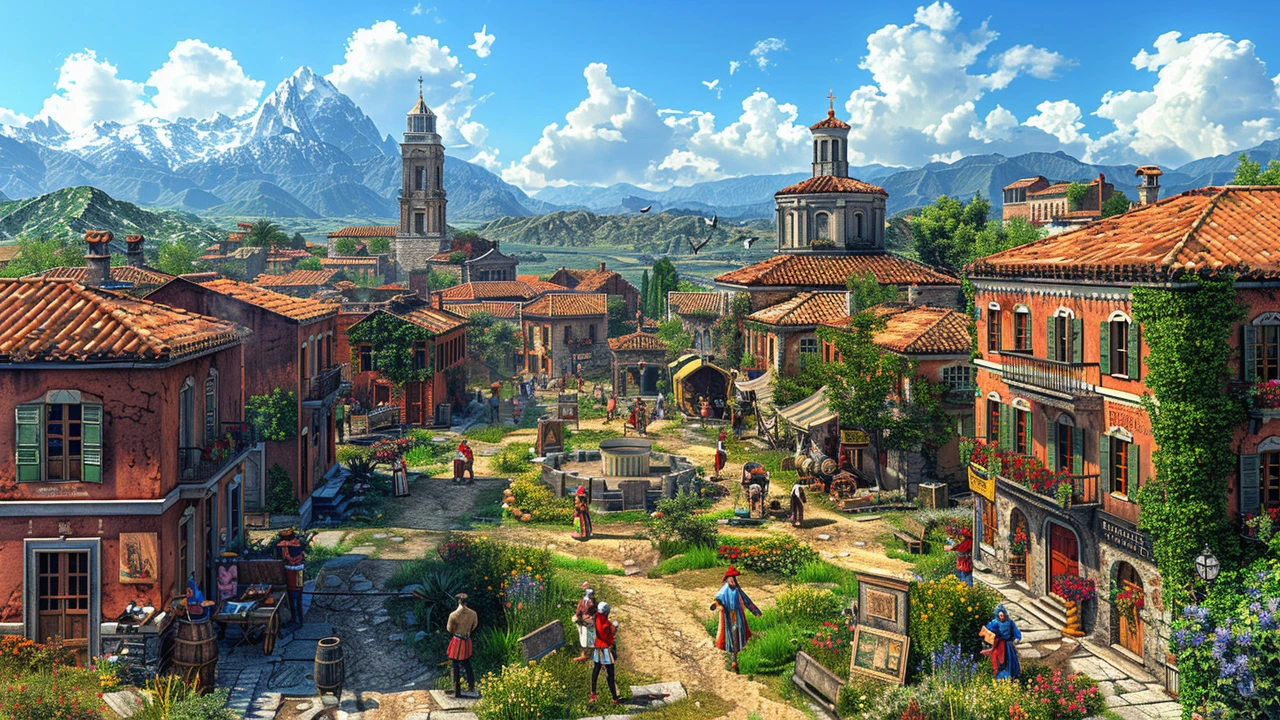The Renaissance Era: Unveiling the Dawn of Modern Civilization
 Apr, 30 2024
Apr, 30 2024
The Intellectual Awakening: Rediscovery of Classical Antiquity
The Renaissance, often referred to as the 'rebirth' of European civilization, was characterized by a renewed interest in the ancient cultures of Greece and Rome. This revival was not merely about copying the past but involved a dynamic and innovative reinterpretation of classical ideas and aesthetics. Scholars and artists sought to reconcile the humanistic principles of antiquity with contemporary cultural and religious life, leading to a flourishing of literature, art, and philosophy. The invention of the printing press by Johannes Gutenberg around 1440 played a critical role in this cultural resurgence. It made books more accessible, facilitating the spread of knowledge and ideas that were previously confined to monastic libraries.
The impact of this intellectual awakening was profound. It challenged the medieval scholasticism dominated by the church, promoting a learning method based on inquiry, observation, and experiment. The rediscovery of classical manuscripts brought a shift in thought known as humanism. This philosophy emphasized the value and agency of human beings individually and collectively. Education was reformed to include subjects such as literature, history, and ethics, known as the humanities, aiming to create well-rounded individuals equipped to contribute to society.
Visionaries of the Era: Artists Who Changed the World
The Renaissance is arguably best known for its artistic achievements. Figures such as Leonardo da Vinci, Michelangelo, and Raphael are celebrated not only for the quality of their work but also for the innovative techniques they developed. Leonardo's Vitruvian Man and Mona Lisa transcended the role of art in society, merging scientific precision with aesthetic beauty. Michelangelo's works, including the ceiling of the Sistine Chapel and the statue of David, continue to draw millions of visitors, embodying the Renaissance ideals of human beauty and realism.
These artists were not just creators; they were thinkers and scholars who deeply influenced the intellectual landscape of their time. Their approach to art was imbued with a spirit of inquiry and experimentation, seeking to explore and understand human anatomy, perspective, and the use of light and shadow—a dramatic break from the stylized forms of medieval art. The detailed human figures depicted in their works reflect a deep appreciation of nature and a nuanced understanding of human emotions, setting the foundations for modern art.
The Birth of Modern Science: Renaissance Contributions
While the artistic achievements of the Renaissance are widely celebrated, its contributions to science are equally significant. The period laid the groundwork for the modern scientific method through the work of figures like Galileo Galilei and Nicolaus Copernicus. Their revolutionary views on astronomy and physics challenged the Earth-centric views of the universe that prevailed at the time. Copernicus proposed a heliocentric model of the solar system, which was later expanded upon by Galileo. His observations with the telescope—an improved version of which he developed—opened new pathways for scientific inquiry.
This era didn't just push scientific thought; it intertwined it with the art, evidenced in detailed anatomical sketches and engineering designs, showcasing a blend of technical skill and aesthetic grace. This interdisciplinary approach highlights the Renaissance as a period where art and science were not disparate fields but two sides of the same coin, driven by a thirst for knowledge and an appreciation for the beauty of the universe.
Social Impact and the Spread of Renaissance Culture
The influence of the Renaissance extended beyond the realms of art and science, deeply affecting European society and gradually permeating various aspects of secular life and thought. The rise of humanism led to a new framework for politics and personal life, emphasizing individual responsibility and ethical governance. The effects of this cultural movement were not confined to Italy; they spread across Europe, influencing countries like Germany, France, and England, each adding its own flavor to the Renaissance ideals.
The proliferation of Renaissance culture led to enhancements in virtually all aspects of life, including architecture, literature, and education. Universities began to form the bedrock of societies, fostering a culture of inquiry and debate. The spread of Renaissance art and ideas played a pivotal role in the transition from medieval to early modern Europe, laying down the intellectual and cultural foundation for the Enlightenment and, subsequently, the modern world.